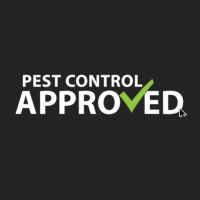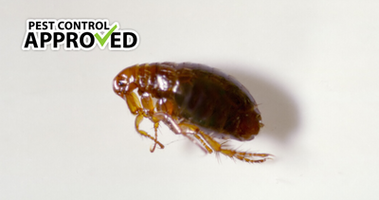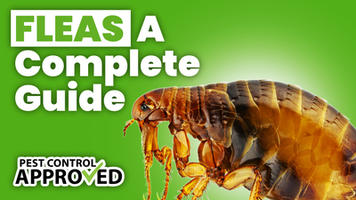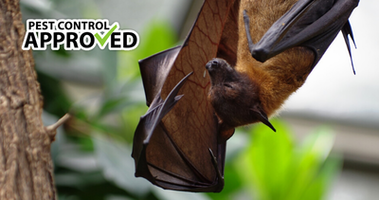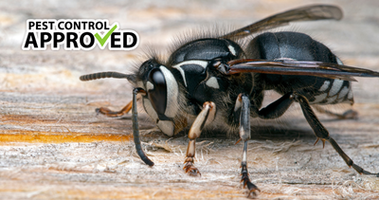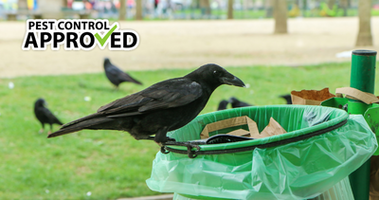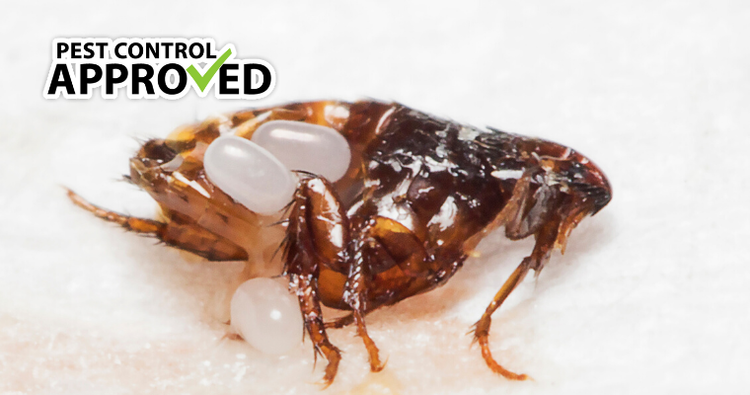
Everything To Know About Flea Eggs
Fleas are notoriously hard to kill. Everything about their behavior and build gives fleas the ability to withstand many of the obstacles we throw at them. Therefore, a multi-layered approach is necessary to eradicate infestations. The first and arguably the most important phase of killing off your infestation is flea egg removal.
Flea Life Cycle
Before we get to flea eggs, we should quickly discuss a flea’s life cycle. The starting line is with fertile female fleas. A female flea, after feeding, can lays upwards of 20 eggs at a time, up to 500 by the end of her lifespan. These eggs are usually found on the host, but because of their shape and smoothness, some do fall off and land where the host rests.
How long does it take for eggs to hatch? That depends on the environment’s temperature. Warmer temperatures encourage faster hatch times (as quick as a few days) while colder temperatures slow the process down (a few weeks to even a few months). The hatched eggs produce larvae; the larvae create cocoons to become pupae. When the cocooning stage is over, those pupae emerge as the adult fleas we are most familiar with.
Once we’ve seen enough of these adult fleas, that is the time we usually run to the store for pesticides or medicated pet shampoo. Unfortunately, by this time you will find your problem is much worse than it looks.
Flea Eggs and How to Find Them
Flea eggs are hard to spot, and therefore hard to destroy. They are as large as a grain of salt and resemble dandruff up close. When inspecting areas of your home where adult fleas have appeared, you must use a flea comb and a magnifying glass to discover the eggs. They are in-between floorboards, deep in carpet fibers, and especially in-between the fur follicles of your pets.
Best Way to Get Rid of Flea Eggs
There are many pesticides that are designed to kill the flea eggs along with the adult fleas. There are chemicals that disturb the fleas’ life cycles (insect growth regulators, or IGRs). This makes it harder for them to adequately reproduce and easier for you to kill with home and pet cleansers. Pets can become the source of pest control when you use certain oral medications, killing infestations on and around your pet within hours of ingestion. Once your pet is pest-proofed, the next best way to deal with fleas and flea eggs is through thorough cleaning, decluttering, vacuuming, and steaming. Flea eggs aren’t sticky, so regular vacuuming can erase them, as well as the larvae and adult fleas. When in doubt, soap and water will kill these pests. We recommend washing bed linens, pet pillows, or any other items that have come into contact with fleas.
Utilizing all these methods together is the best way to wipe out a flea invasion, but always remember that cutting infestations off at the source—their eggs—will yield the best results.

